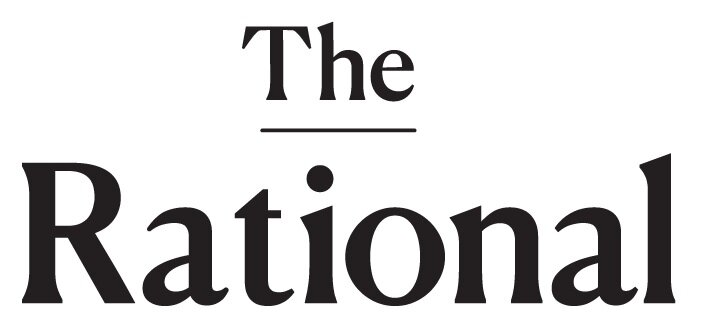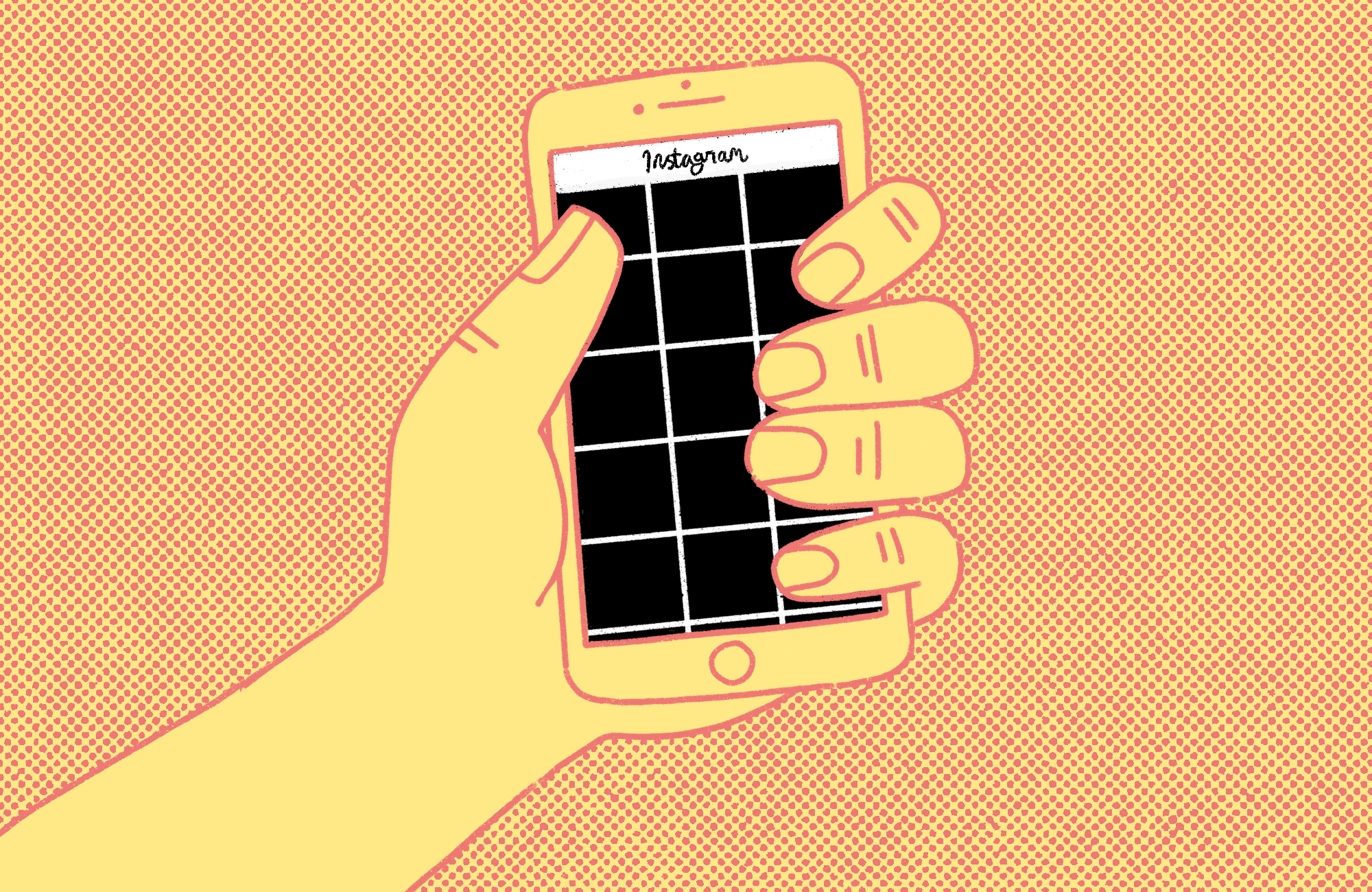How Manga Became a Medium for Everyone
It's time the Western world sees manga as more than just Japanese comics.
Illustration by Ally Hart
I was in middle school when I first discovered manga. My father would take my siblings and me to the local Borders after dinner. I was already inclined towards art, and seeing rows of shoujo — cutesy stories with female protagonists (who were my age!) — filled my young heart with joy and excitement. At that time, I didn’t yet fully comprehend what it meant to be Asian American. But knowing these stories existed, and were waiting for me on those Borders shelves, made me excited for these trips so I could devour more stories written by and for womxn and girls. Often a topic of cultural appropriation conversations, when we look at manga as a medium instead of a genre, it becomes more accessible to all audiences.
While we know manga — which means a whimsical or impromptu story told in pictures — originated in Japan, there isn’t one conclusive answer as to who created it. In fact, manga may have stemmed from globalism itself. In the 1950s, during the American occupation of Japan, American soldiers introduced locals to Bambi, Mickey Mouse, and Betty Boop. Soon after, Osamu Tezuka released his critically acclaimed Tetsuwan Atom, or Astro Boy. Many credit Tezuka, now lovingly known as The Walt Disney of Japan, with popularizing manga and expanding its reach internationally.
While manga’s origin is in Japan, that doesn’t mean it must be limited solely to Japanese creators. Comic book hub CBR even maintains a list of non-Japanese mangakas (manga author-artists). For one, the widely popular manga “Radiant” was first published in 2013 by a white French mangaka, Tony Valente. Despite being French, his manga was adapted into an anime by Lerche Studios, a Japanese anime studio, and now has two seasons. More non-Japanese creators continue to rise in popularity and produce recognizable works including “Dr. Stone,” “Cannon Busters,” and “RWBY.” These are just a few widely loved stories by non-Japanese creators or a team of Japanese and non-Japanese creators.
As for consumers, manga readers can be found all over the world. Christine Ro attributes manga’s “crossing borders in so many forms” to its “cultural malleability.” Ro even believes that manga will only continue its internationalization, “as an art form that’s both intensely Japanese and infinitely adaptable around the world.”
With manga’s global spread, there is also the issue of potential cultural appropriation. Per the Oxford Dictionary, cultural appropriation is “the act of copying or using the customs and traditions of a particular group or culture, by somebody from a more dominant (= powerful) group in society.” To determine whether non-Japanese mangakas cultxurally appropriate Japanese culture, I looked at it from the viewpoint that manga is a medium, a type of literature. The first recorded novel (ever) was “The Tale of Genji” which originated in Japan. But are non-Japanese writers culturally appropriating by also writing novels? From this perspective, the answer is no.
When borrowing from other cultures, it is important to pay homage to artistry and ideas, and to acknowledge their origins. In Medium’s “Diaspora & Identity” section, Julius Kim’s article “Notice me, Senpai. I’m a Weeaboo,” notes that while we are definitely encouraged to learn about cultures outside of our own, one must deeply contemplate if what they’re doing is actually respectful, or perpetuating a stereotyped understanding of said culture while remaining ignorant to its nuances. Further, a Japan Powered article "Is Being an O taku Cultural Appropriation?" maintains that adopting elements of Japanese is not cultural appropriation, and that we must “remember that manga and anime are entertainment and not always a representation of Japanese culture as a whole.” Instead, they are elements of mass media.
In reference to manga, Keiichi Makino, a faculty member of the manga department at Kyoto Seika University, said, “Manga is all about the audience, so no matter how good the manga is, it won’t sell [in Japan] if it doesn’t touch the Japanese people’s hearts.” It would seem that Valente, the French mangaka, applied this thoughtfulness when creating “Radiant.” Valente applied the shonen blueprint (shonen being a manga genre targeted at younger male audiences) to “Radiant,” not for the big selling point, but for why that blueprint spoke to him.
Even Valente himself wasn’t always considered a mangaka; instead, he was known for a time as a manfra, a French artist who draws inspiration from manga. Only when his French publisher was contacted by a Japanese publisher (along with other international publishing houses, like the American Viz Media) did Valente become known as a mangaka or a manga artist. With these crossed cultural lines, it makes me wonder what elements make a manga? For example, when does a manfra become a mangaka? Is it only after Japanese recognition? Even the conversation as to who can call themselves a mangaka is ongoing, although it’s likely you’ll be met with some side-eye if you do.
As an Asian American manga reader, although of non-Japanese origins, I am sensitive to the topics surrounding fellow Asian Americans. So often, we are lumped together as a monolith culture. If I’m the only Asian American in the room, I simultaneously am labeled an expert on all things Asian simply for being Asian, while also not having any real say or authority on cultures I’m not a part of. This works for me in the same way as a manga reader; I’m seen as an expert for the sheer coupling of being Asian and a manga reader, while also definitely having no real authority on a medium with such dense, vast history.
So, what do we do? We remain open and allow people to speak on issues from within their communities and amplify their voices instead of speaking over them. Conversations should be spearheaded by Japanese, on the homeland and of the diaspora, and non-Japanese experts and scholars regarding manga and Japanese culture. Their words are easily accessible on popular social media platforms or found through a quick Google. Of course, by these standards, that means this article is also very much open to scrutiny and debate from Japanese and diaspora Japanese communities, especially since I am not Japanese myself. Should a Japanese person reach out to me and advise that my stance is wrong, I have no right to dismiss their argument. We don’t call out, but we call in from a place of understanding.
In Japanese, the word manga refers to all cartoons and comics. It’s in the West that we have constricted the meaning to Japanese comics. We are the ones who place this hurdle of separation. It is important to remain understanding and keep an open mind to other cultures. When we break down this notion of manga being solely Japanese comics, we open up more opportunities of creativity and we grant further respect to manga by acknowledging it as a type of literature in itself.








